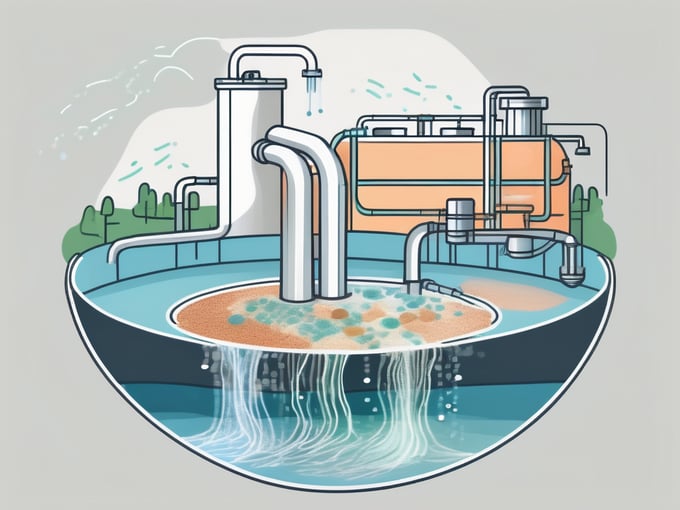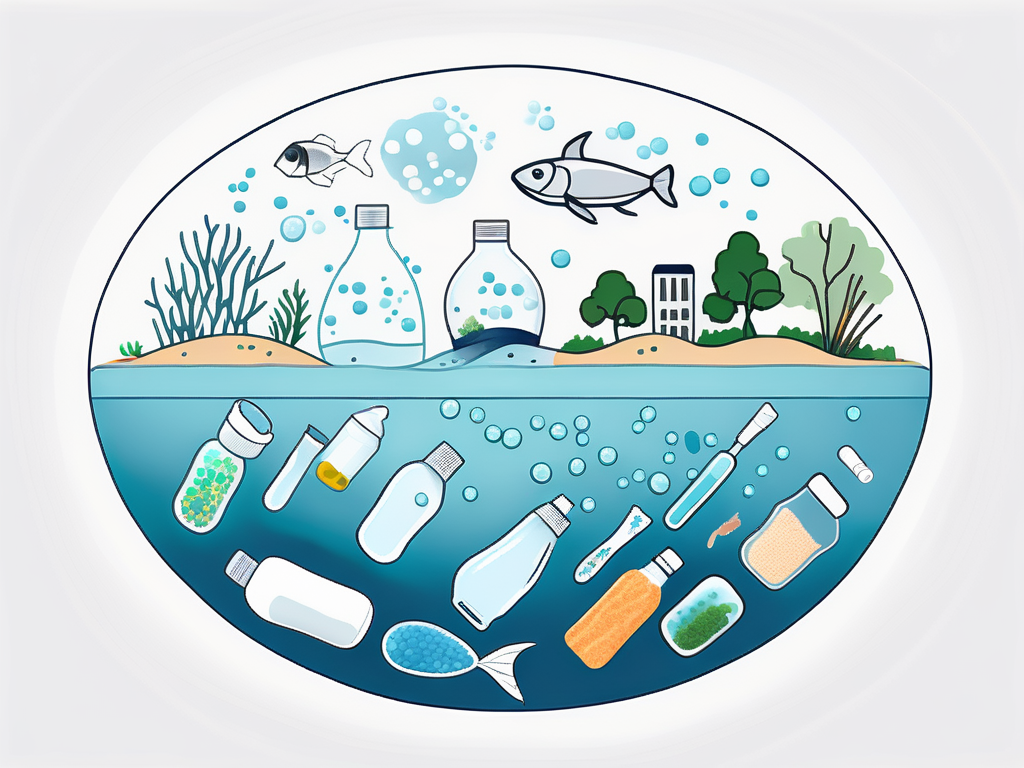
Microplastics: Wastewater Treatment Explained
Microplastics are tiny fragments of plastic, typically less than 5mm in size, that have become an increasingly significant environmental issue. They are found in a variety of sources, from cosmetics and clothing to industrial processes, and they end up in our wastewater. This article will delve into the complex world of microplastics in wastewater treatment, exploring their sources, their impact on the environment, and the methods used to remove them.
Wastewater treatment is a critical process that ensures the water we release back into the environment is as clean as possible. However, traditional wastewater treatment methods are not fully equipped to deal with the challenge of microplastics. This article will explore the reasons for this, and look at the innovative solutions being developed to tackle the problem.
What are Microplastics?
Microplastics are small plastic pieces less than five millimeters long. They can be harmful to our ocean and aquatic life. Microplastics come from a variety of sources, including from larger plastic debris that degrades into smaller and smaller pieces. In addition, microbeads, a type of microplastic, are very tiny pieces of manufactured polyethylene plastic that are added as exfoliants to health and beauty products, such as some cleansers and toothpastes.

These tiny particles easily pass through water filtration systems and end up in the ocean and Great Lakes, posing a potential threat to aquatic life. Microplastics are not a specific kind of plastic, but rather any type of plastic fragment that is less than 5 mm in length according to the U.S. National Oceanic and Atmospheric Administration (NOAA). They enter natural ecosystems from a variety of sources, including cosmetics, clothing, and industrial processes.
Types of Microplastics
There are two types of microplastics: primary and secondary. Primary microplastics are those that are designed to be small, such as microbeads in cosmetics and industrial scrubbers, used for blast cleaning in many industries. Secondary microplastics are those that have broken down from larger pieces of plastic debris, degraded by the elements.
Both types of microplastics end up in the ocean and other bodies of water, and they are so small that they can be ingested by a wide range of creatures, from tiny plankton to large mammals. This is a major concern because plastics are known to absorb pollutants from the surrounding water, which can then be transferred into the creature that eats them.
Impact of Microplastics on the Environment
Microplastics pose a significant threat to a variety of aquatic organisms. Because of their small size, they can be ingested by a wide range of species and have been found in organisms ranging from small invertebrates to large mammals. Once ingested, they can cause physical harm, such as internal abrasion, blockage of the intestines, or alteration of feeding behavior.
Moreover, microplastics have the ability to absorb pollutants from their surroundings, meaning they can act as vectors for the transport of pollutants. When ingested, these pollutants can be transferred to the organism, potentially leading to a range of negative effects, including reproductive disruption and developmental delays.
Microplastics and Wastewater Treatment
Wastewater treatment plants are not designed to remove microplastics. Traditional treatment methods involve a series of physical, chemical, and biological processes designed to remove or break down pollutants. However, because of their small size and chemical composition, microplastics are not effectively removed by these processes.
As a result, microplastics are often discharged with treated wastewater into rivers and oceans. A study published in the journal Environmental Science & Technology found that wastewater treatment plants could be a major source of microplastics in rivers. The researchers estimated that wastewater treatment plants in the United States discharge about 1.9 million tons of microplastics into rivers each year.
Challenges in Removing Microplastics
There are several challenges in removing microplastics from wastewater. One of the main challenges is their small size. Many microplastics are smaller than the size of the particles that wastewater treatment processes are designed to remove. As a result, they can pass through the treatment process and be discharged with the treated wastewater.
Another challenge is the variety of types and shapes of microplastics. They can be spheres, fragments, fibers, or films, and they can be made of different types of plastic, each with different physical and chemical properties. This diversity makes it difficult to develop a single treatment method that can effectively remove all types of microplastics.
Emerging Technologies for Microplastic Removal
Given the challenges associated with removing microplastics from wastewater, researchers are exploring new technologies. One promising approach is the use of advanced oxidation processes, which use strong oxidizing agents to break down organic and inorganic compounds. These processes have been shown to be effective at breaking down microplastics into smaller, more manageable pieces.
Another approach is the use of membrane bioreactors, which combine a biological treatment process with a membrane filtration process. The membrane acts as a physical barrier to microplastics, preventing them from being discharged with the treated wastewater. However, this technology is still in the early stages of development and more research is needed to determine its effectiveness and feasibility on a large scale.
Conclusion
Microplastics pose a significant challenge to wastewater treatment. Despite the difficulties, it is crucial that we continue to develop and implement effective solutions. The impact of microplastics on the environment and aquatic life is a serious concern, and we must take action to mitigate their effects.

While there is still much to learn about the best ways to remove microplastics from wastewater, the research is promising. With continued innovation and commitment, we can improve our wastewater treatment processes to better tackle the issue of microplastics and protect our precious aquatic ecosystems.



